#algerian fashion
Text
Asoiaf - fashion of the courts throughout the ages of the Targaryen Dynasty, headcanons.
1) Under Aegon I + Aenys & Maegor : mainly greek/roman & bizantine inspiration for clothing, which correspond respectively to classical Valyrian clothing (greek being the older style, roman the more recent) and to neo-Valyrian clothing, fashion that appeared after the fall of Valyria (the bizantine empire being the "successor" or outright continuation of the eastern roman empire). Marginal use of southern Westerosi fashion, meaning western middle ages (up to beginning of renaissance) type of clothing.
+ in rare instances they still wore a more ancient style of Valyrian clothing inspired by ancient Egyptian fashion.
Bizantine styles :


2) Under Jaehaerys I : bizantine type clothing become slowly associated to ceremonies and used less (they're very ostentatious & not to Alysanne's prefered taste) all the while the Targaryen style takes in more and more westerosi (especially Andal) influences. It's a time of reconciliation with the faith & of deeper attempts at adapting to Westerosi customs. Also a time when the family opens itself more to non-valyrian families, through marriage or attempts at marriage with families like the Arryns & the Manderlys. Greek and roman styles remain a norm though.
👇greek & roman styles examples.


3) Under Viserys I : a bit of a neo-Valyrian (bizantine) revival as the king & the court flaunt the wealth & prosperity of the realm at the time. The nobility at large also begins to wear more classical & neo-Valyrian styles. Princess Rhaenyra is especially fond of this lavish style. But queen Alicent Hightower is more fond of south Westerosi clothing, less lavish, as well as more conservative than the greek & roman styles still widely used, and influences part of the court to chose that style over the other deliberately. The choice of a style of clothing could subtly indicate either black or green sympathies (although Alicent's heirs present at court would still wear Valyrian style clothing/hairstyles to affirm their Valyrian heritage).
Southern Westerosi types of clothes :
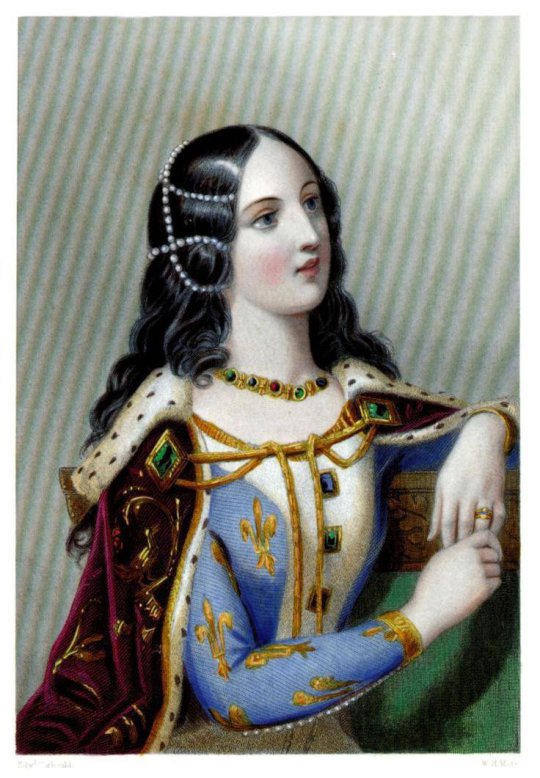
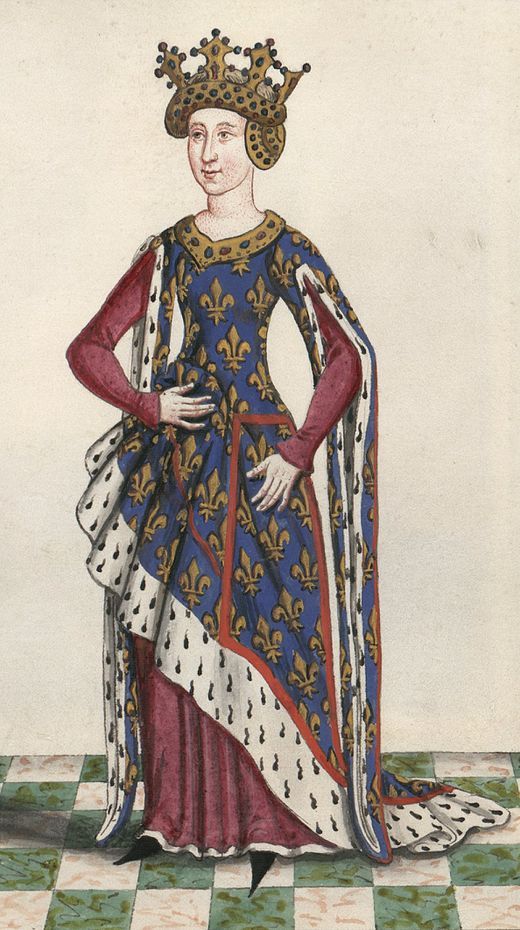
4) Under Aegon III, Viserys II & their sons Daeron I, Baelor I and Aegon IV : general slip towards Westerosi fashion, with some shifts & bumps along the road. Daeron I with his desire to finish what his conqueror ancestors started & appeal to a more prosperous past was more favorable to Valyrian roman/greek traditions of style but the influence of Valyrian ladies like Rhaena of Pentos, Queen Daenaera Velaryon, Rhaena daughter of Aegon III, Elaena Targaryen, Naerys Targaryen who for most of them dressed in westerosi style and were more or less pious faith followers skewed the game, despite outliers like Baela & Daena. There was as well the influence of Baelor Targaryen of course. So the fashion would be more conservative and somewhat less ostentatious (compared to previously) in general.
4.5) Under Aegon IV in particular : The modest wardrobe of Naerys especially would incite her admirers & the followers of her son Daeron to wear simpler more conservative westerosi fashion, while those trying to please Aegon IV (especially by presenting their daughters) and who saw Daemon Blackfyre as more promising than Daeron would skew towards less conservative fashion with greek/roman influences to evoke the Targaryen golden ages (and to be more alluring to the king). Naerys' influence would lead a fashion of hair covering headwear, which would continue into Daeron II's reign.
Examples :


5) Under Daeron II the good : following the trend set above, continues a move towards Westerosi type of clothing over traditional or neo-Valyrian styles. But through Dornish alliances and an established presence at court, introduction of Dornish styles (inspired by morrocan, algerian, possibly turkish medieval/renaissance styles) which would bring back some ostentatiousness & ease the conservatism of the clothes.
Dornish clothing ideas :


That'll be all for now, I just needed that vent ; but later kings' courts continued down that part for sure, which traditional or neo-Valyrians style clothing becoming relatively uncommon for court members to wear, even Targaryen royalty, except in the cases of particular & excentric individuals as different as Aerion Brightflame & Rhaegar Targaryen.
#asoiaf worlbuilding#valyrianscrolls#asoiaf art project#asoiaf art inspirations#house targaryen#greek fashion#byzantine fashion#roman fashion#middle ages fashion#algerian fashion#ottoman fashion#renaissance
64 notes
·
View notes
Text
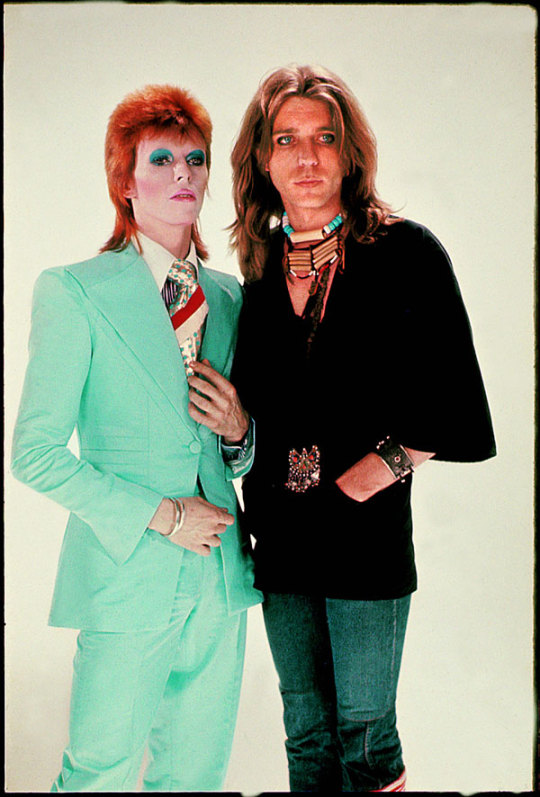
David Bowie and makeup artist Pierre LaRoche on the set of music video promo "Life on Mars?" (1973)
#david bowie#singer#songwriter#british#pierre laroche#makeup artist#artist#algerian#french#1973#glam#70s fashion#jewelry#accessories#retro makeup
903 notes
·
View notes
Text

Algerian woman, Algeria, by Naila Missous
#algerian#amazigh#algeria#africa#north africa#traditional clothing#traditional fashion#cultural clothing#folk clothing
182 notes
·
View notes
Text

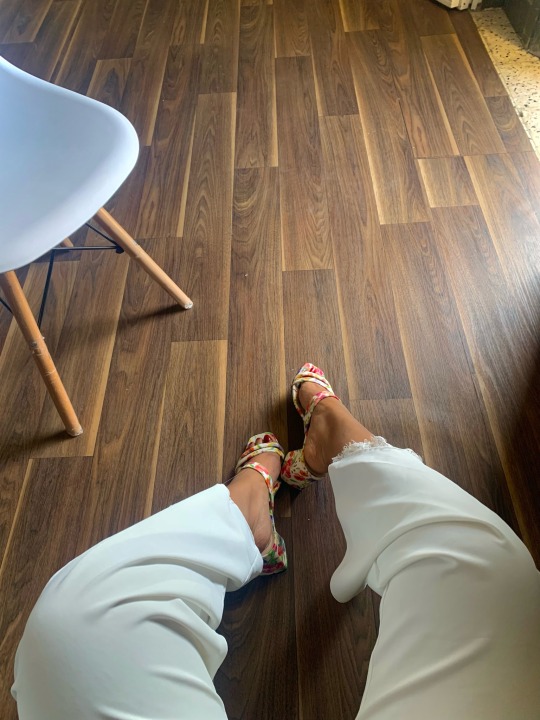
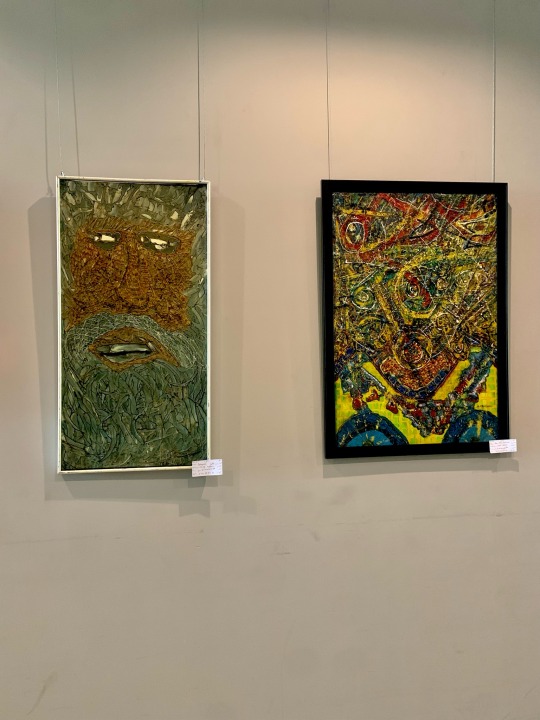


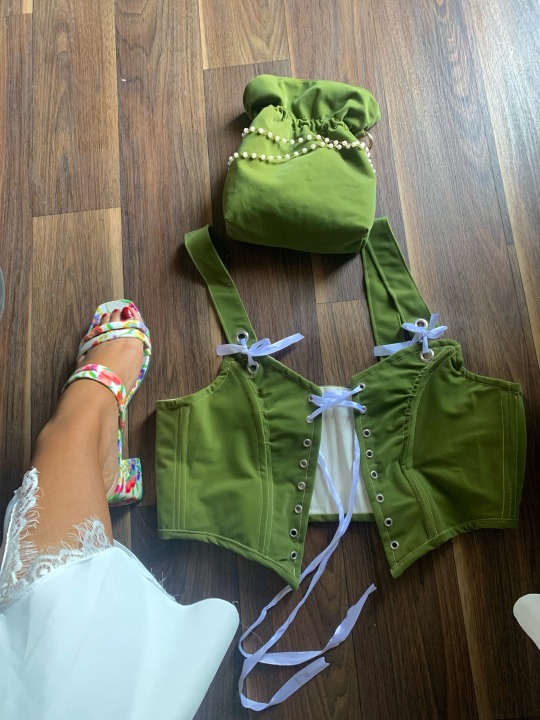
Nymph 💚⚜️
#fashion designer#algérienne#mine#dz#algerian#cheraga#annaba#amazigh#galleryart#artwork#painting#corset
27 notes
·
View notes
Text

3 notes
·
View notes
Text
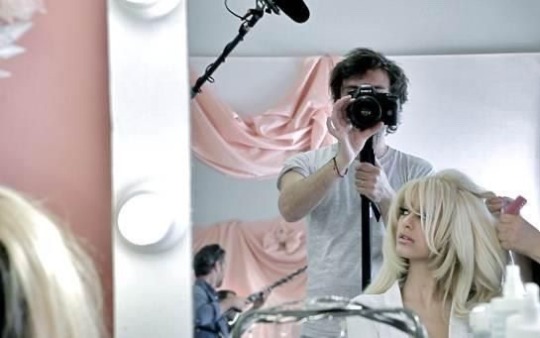


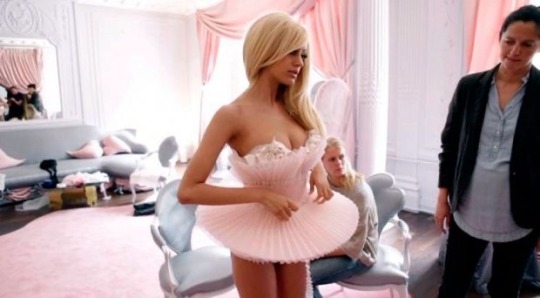




Zahia de Z á A
#Zahia de Z á A#dollette#coquette#moodboard#dream girl#lana del rey#ldr#pink#sofia coppola#femcel#sylvia plath#french#Algerian#2014 tumblr#this is a girlblog#tumblr girls#fashion icon
4 notes
·
View notes
Text
Algeria's Hidden Charms: Unveiling Experiences Beyond Expectations
Embark on an extraordinary journey through the diverse landscapes of Algeria, where captivating adventures await at every turn. Explore the ancient ruins of Timgad, a UNESCO World Heritage site, and marvel at the architectural splendor of its well-preserved Roman ruins. Immerse yourself in the bustling souks of Algiers, where vibrant colors and tantalizing aromas fill the air. Trek through the awe-inspiring Sahara Desert, where towering sand dunes create an otherworldly landscape. Discover the enchanting coastal town of Tipaza, with its ancient ruins and stunning Mediterranean vistas. Experience the warm hospitality of the Algerian people while indulging in delicious traditional cuisine. Algeria offers an array of unforgettable experiences, showcasing the hidden charms of this North African gem.
#algeria#dz#algerie#algerienne#alger#oran#alg#dzair#dzpower#love#annaba#algerian#fashion#photography#follow#tunisia#morocco#instagram#france#maroc#setif#like#constantine#blida#tunisie#kabyle#beauty#instagood#style#tiktok
0 notes
Text
agnes varda’s iconic cleo from 5 to 7 (1962) takes a very interesting look at gender by hyperfocusing on the experience of a woman who would ordinarily only be mentioned in passing and quickly brushing by the lives of many woman who would ordinarily be dwelt on. the film’s eponymous cleo victoire is a difficult woman of the lina lamont school: a beautiful, oblivious singer, she is looks- and fashion-obsessed, highly superstitious, frequently unreasonable, and described in the film’s first voiceover as needing to be pampered like a child. such a woman is easy to dismiss as a bad example of a modern woman, to be ridiculed and defined against. varda, however, chooses to dwell on cleo’s experience as she criss crosses paris while waiting for results from a medical examination showing whether or not she has cancer. not only does the plot follow her, but the film uses many techniques to convey cleo’s perception of the world to the audience—to an extent that is almost jarring. cleo’s perception of the world, as we see through sudden sweeping orchestral scores, swinging camera movements, montages of neighboring conversations and their dialogue, and more, is an overwhelming one. far from having nothing in her head as her archetype would suggest, cleo seems constantly overstimulated, oppressed by her superstitions and others’ gazes and the physical and emotional atmosphere around her. at the beginning of the film, the juxtaposition of “women’s issues” and the algerian war on the radio seems facetious; by the end, as cleo meets and bonds with a talkative, socially awkward soldier about to return to the algerian front and articulates their common fear of death and having lived a meaningless life, the comparison seems much more warranted. the film shows snippets of the lives of women from many, many different backgrounds and walks of life, resisting the appearance the film may have otherwise taken on of reducing the female experience down to that of the glamorous blonde; however, it is to the glamorous blonde, the epitome of the dislikable and disownable, that this film stubbornly holds—much as varda’s vagabond (1985) holds to a despised archetype of female drifter—and, by maintaining that hold, cleo from 5 to 7 (1962) enforced nuance and sympathy in the audience, and makes the audience aware of their previous lack thereof
#shoulda watched this earlier i know i know i know#in my defense i haven’t even watched breathless#anyways i’m glad that i’ve finally seen this#ryddles
38 notes
·
View notes
Text
my headcanon contribution for el matador because he’s also important to me

- eduardo mansouri iglesias aka el matador
- for main series i put that he is 33 years old but idk he just has to be around his 30s anyway, but going with that, in rookie season he is 29 years old
- i think it is canon that he was born in spain, but my hc birth-city is madrid
- he’s predominantly of spanish descent, but he also has some algerian (arab-amazigh) ancestry
- el does not like to admit this but he doesn’t have perfect vision, so his custom-made glasses act like eyeglasses (would be ironic cuz his jersey number is 20 but doesn’t have 20/20 vision lol)
- he would dye his hair to cover up his grey hair; in the future he would stop doing it
- he probably already has a skincare line and it is surprisingly successful
- if el were to get pursue higher education, he would probably pursue in some type of business or marketing program, maybe even fashion (in all honesty he doesn’t seem to have any interest in doing college)
family
- el’s father’s name is mateo mansouri garcía. he is a retired professional football player. he is of spanish and algerian descent.
- el’s mother’s name is valeria iglesias moreno. she is a retired professional flamenco dancer. she is of spanish descent.
- el has like so many siblings, i think it’s canon that he has 12 siblings?? regardless i like to think that el is the youngest child in the family. some, like el, pursue football, some pursue flamenco, and others pursue other careers.
- el and all his siblings attended a boarding school in barcelona
- all family members were born in madrid!

#supa strikas#el matador#supa strikas hcs#headcanons#i used to hate el cuz of the fandom#now i feel like he deserves better#i spent more time on the names#the only narcissist i like
36 notes
·
View notes
Text
Mlb au random stuff (not spoilery)
- It's official: Kel and Hero are now Algerian 🤓🤓🤓🤓🤓 (not me projecting. NOOOO...)
- Also, minor unrequited Suntan (not for long tho, it's more of an episodic thing) we all know what the main ship is, knowing me (lmfao)
- Hesitating... Maybe Bowen Mari and Hero should all date ‼️‼️‼️‼️
- Omori is a sentibeing (mind-blowing 🤯)
- Sweetheart is akumatised Miss Candice (she's so Princess ♂️ coded frfr)
- Ukon (Sunny's dad) is an overworked game designer, and Sunny's mom (still haven't decided for a name) is a fashion designer. She shares her passion of design with her son (that's some epic bonding moments!! Mother and son dynamic goals!!!) Ukon and Her divorced tho
-Ukon was born in Japan, and the mom was born in France but her parents are Chinese (that's just a pretext for me to make Sunny wear Chinese AND Japanese inspired stuff)
- Kel has a cool ass uncle called Rahman (I still don't know about this name, it's a wip lol) who also happens to be Ladybug and Chat Noir's master (he gained that title by pure accident)
He
Also happens to date the villain 🤯🤯 (complete accident he doesn't know)
- Basil is Slavic as always 😎😎 (still don't know if I make him Russian or not for that au)
- Sunny is selectively mute. He uses sign language or whisper to his trusted friends. Tho, he's still the silent type. He doesn't talk much. That doesn't mean he's not communicating how he feels! Generally, he expresses his affections with scribbles, gifts, and talks about his shared interests by text messages. Surprisingly, in this AU he likes taking selfies. Tho, he never smiles.
- Mari is not dead, she's paraplegic though. She has no contact with her little brother. He's almost like a distant memory to her.
- Aubrey is a bully to Basil (also Sunny since he's perceived as a weirdo, and also because he sticks with Basil. Though it's not as intense) however, don't worry! She gets some ✨character development ✨
Also she's a chaos lesbian as always
14 notes
·
View notes
Text
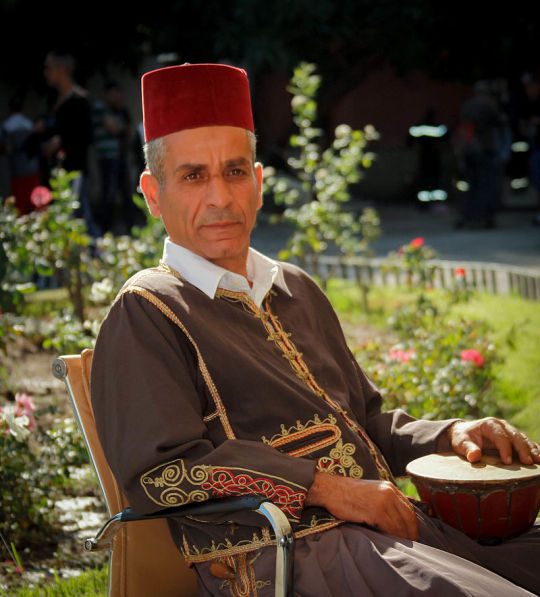
Algerian man, Algeria, by Amine Ioua
#algerian#algeria#amazigh#africa#north africa#traditional clothing#traditional fashion#cultural clothing#folk clothing
103 notes
·
View notes
Text
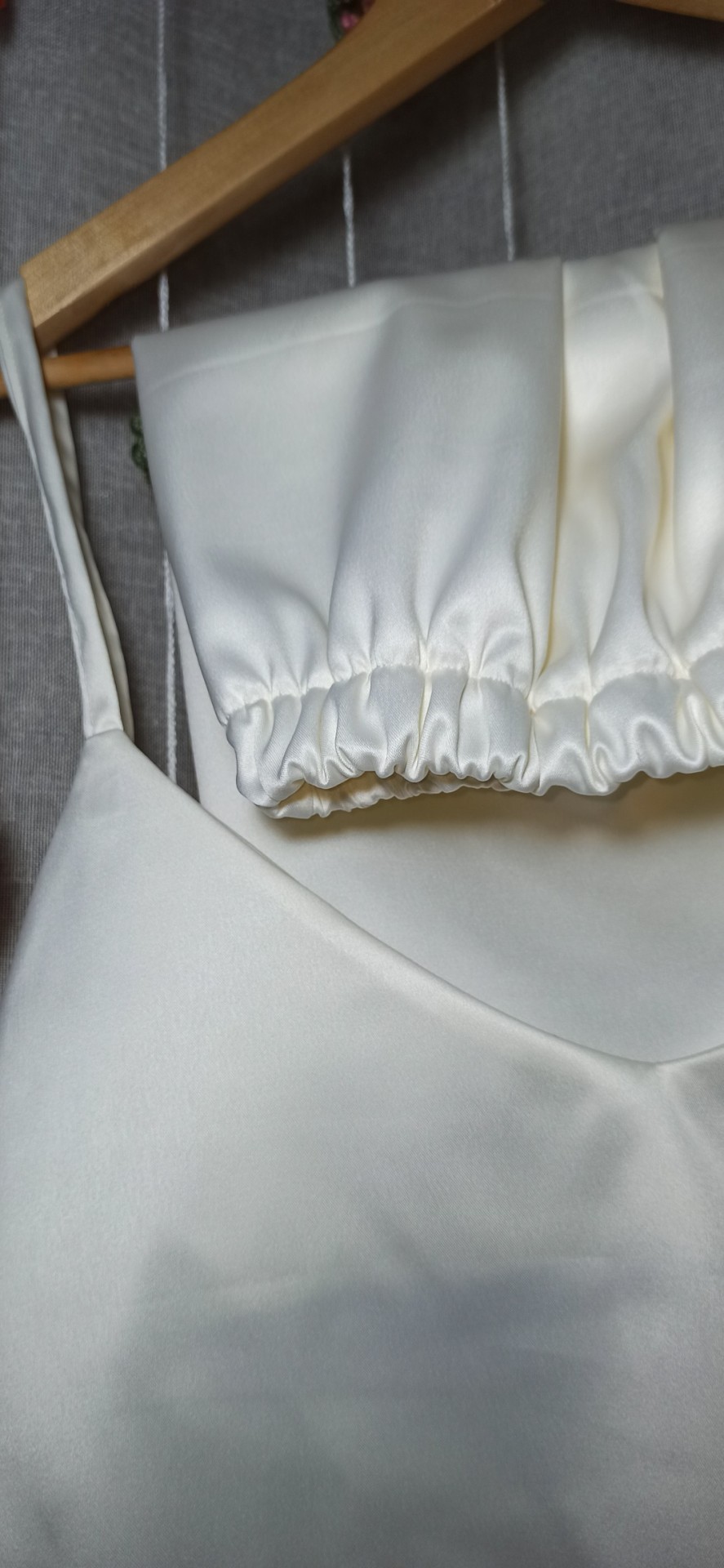




A comfy silk PJ of my making 🤍✨
#mine#clothes making#silk pyjamas#dz#algérienne#algerian#algérie#algeria#fashion#couture#lingeries#lghanja.r.atelier
15 notes
·
View notes
Photo

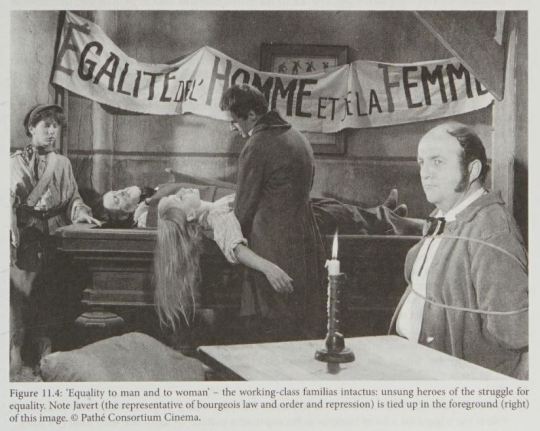

Notes on Jean-Paul Le Chanois’s Les Misérables (1958) from French costume drama of the 1950s: fashioning politics in film (2010) by Susan Hayward
-The film was primarily funded by Deutsche Film-Aktiengesellschaft (a state owned East German film studio) and Pathé but was shot with Technicolor’s Thechnirama screen process (rather than the East German Agfacolor)
-It was filmed in Berlin, except for the location shoots in Toulon, Digne, the Luxembourg gardens, and scenes along the Seine. (Some French critics thought it was “anti-national” to recreate Paris in Berlin.)
-Real soldiers from Easy Germany’s army acted in the battle of Waterloo and the June Rebellion scenes.
-The film was criticized for being condescending, as well as for supposedly inaccurate sets and for reusing sets (the houses in Toulon are also the houses in Digne, despite the fact that they did film on location and the dining room of the house on the rue Plumet is also in the house on the rue des Filles du Calvaire.)
-Le Chanois originally planned for the film to be 5 hours and 25 minutes. The producers cut the film from four and a half hours to three. The excised footage has been lost.
-She notes how Marius and Cosette’s romance, along with Eponine slow down the movie, which I have seen said of a lot of film adaptations!
-The actor who played Thénardier (André Bourvil) was known for his roles in comedies and therefore he was hesitant to take the role. Obviously different comedians have played Thénardier in various musical productions but have there been other examples of comedians playing him in film? I feel like there is one but I’m forgetting it!
-The film included 28 different sets designed by Serge Pimenoff. She remarks in particular on the accuracy of the streets surrounding the Corinth, as described by Hugo, as well as Valjean’s homes in Paris.
-Overall, the rebellion is toned down. She places this in the context of the controversy at the time over Algerian independence.
-No red flag is waved at Lamarque’s funeral, possibly to avoid censorship, but it is draped over Mabeuf, Eponine, and Gavroche. She says that a tricolor flag (held at General Lamarque’s funeral) would represent a desire to return to the republic. Is that true though?
-She points to Portrait of Monsieur Bertin as a possible inspiration for Jean Valjean’s bourgeois clothes.
-This sentence about Cosette stands out: “The bouffant mutton sleeves, so popular at the time, further enhance her aura of dematerialized being.”
-She says that Mabeuf, Eponine, and Gavroche, laid out all three together under the banner “Equality to man and to woman” make there own sort of symbolic work-class family, which counter-balances Cosette and Marius’s bourgeois family.
-When the film was released in West Germany, the censor cut out the scenes with rioting.
24 notes
·
View notes
Text
Anti-colonialism can distort Jewish history

By bataween on 1 November 2022
Young academics in the US project their anti-colonialism onto the pre-colonial history of Jews in Arab countries, minimising the oppression of the dhimmi rules. Lyn Julius writes in JNS News:
The history of Jews in Arab countries has long been an obscure or “niche” field of study in Western universities. Lately, however, a crop of pioneering young academics have made it their specialty. Books have popped up on such varied subjects as Jewish communists in Morocco, Baghdadi Jews and Jewish musicians in North Africa.
All these forays into comparatively virgin territory are to be welcomed. But young academics in the U.S. are also products of their education and environment. The current climate is one of fashionable post-modernist anti-colonialism—and this is reflected in works on Jews in Arab countries.
Take, for example, Joshua Schreier’s book Arabs of the Jewish Faith. Schreier has done impressive research on France’s “civilizing mission” to the Jews of Algeria. The book takes its title from a statement by a former prefect of Oran, Charles du Bouzet, a year after French citizenship was imposed, for domestic electoral reasons, on “native” Jews by the 1870 Décret Crémieux. (Native Muslims were excluded.)
Du Bouzet did not see any real difference between Arabs and Jews. For example, colonial archives abound with references to Jews being corrupt and immoral, such as the claim that Oran’s prostitutes could all be found in the Jewish quarter.
In practice, however, Jews were considered more suitable for “civilizing” than Muslims. The French colonizers believed the Jews could be useful, because Jews supposedly dominated important trade networks and might even provide loyal cannon fodder for the French military.
As part of its “civilizing mission,” France sought to make inroads into Jewish homes, schools, family relations and synagogues. Schreier tries to show that the Jews did not submit without resistance. They were not passive victims of colonialism.
Schreier’s thesis clearly views colonialism as coercive, intrusive and largely unwelcome. He implies, furthermore, that such things as state intrusion in family life persists into the 21st century. French citizenship is conditional on the right French values, he claims. He produces a contemporary case: Faiza, a Moroccan woman living in France, who was denied French citizenship because she wore a head-to-toe burqa.
Claims have also been made that, following the French invasion of Algeria in 1830, unequal treatment “separated” Jews from Muslims, creating unnecessary resentment and friction between the two groups, ending in conflict and exile. This distancing of Jews from Arabic culture and society is the “first exile” described by the influential historian of Algerian Jewry, Benjamin Stora, in his book The Three Exiles of Algerian Jewry.
Missing from the context of this discussion is any in-depth examination of how Jews were treated before the colonial era, when Muslim sharia law was in place under Ottoman rule: The Jews were dhimmis, institutionally inferior to Muslims, with few legal rights.
Schreier acknowledges that Jews were not immune from humiliations, additional taxes and sumptuary laws during this period. If they enjoyed important posts, it was not as decision-makers. They could only execute orders. Jews could be assassinated by rivals and targeted by waves of mob violence.
However, Schreier claims, “a literal interpretation of dhimmi status should not stand in for social history,” which “suggests that Jews were relatively secure and an integral component of late Ottoman and early colonial Algerian society.” He points to the powerful Jewish mercantile elite, which traded in cereal, crops, wool and livestock—though he does not say that several of these successful merchants enjoyed the protection of foreign nationality. He also produces examples of semi-nomadic Jews “who were armed and dressed like Arabs,” particularly in southern Algeria.
Other scholars, often born in Arab countries, have argued that colonial emancipation was a liberation from dhimmi status. As far as most Jews were concerned, colonialism has much to recommend it. It gave Jews greater security, equality and legal rights for the first time in centuries. It introduced basic standards of health care and hygiene and put a stop to corporal punishment in schools. It gave Jews a Western education that permitted them to thrive in the modern world.
To downplay dhimmi status is to ignore the substantial corpus of testimony from European travelers describing the exactions and abuses suffered by Jews in the pre-colonial era. Schreier dismisses these reports as “exaggerated.” He holds that they should be treated with skepticism because they were written to serve a colonial agenda that promoted emancipation and assimilation to French values. Schreier’s suspicions extend to scholars like the late respected Algerian-born French professor Richard Ayoun, whose work Schreier calls “an example of scholarship echoing the colonial model of emancipation from an Oriental state of abasement.”
In fact, it was primarily to equip the Jewish communities of Muslim countries with the wherewithal to fight for their rights as emancipated citizens that a group of French Jews set up the Alliance Israelite Universelle in 1860. This institution was not just a Jewish version of the French “civilizing mission.” It was a response to the very real abasement observed and chronicled in the pre-colonial era, ranging from blood libels and forced conversions to beatings and synagogue burnings. The book Exile in the Maghreb by David Littman and Paul Fenton provides ample evidence of this—not just from European, but also Jewish and Muslim sources.
Yet the Alliance’s efforts to combat Muslim anti-Semitism barely rate a mention in Arabs of the Jewish Faith, ostensibly because the first Alliance school in Algeria was only set up in the early 20th century.
All too often, modern scholars’ anti-colonialism blinds them to or causes them to minimize Arab and Muslim anti-Semitism. “Social history” should not be an excuse for wishful thinking.
Read article in full
The post Anti-colonialism can distort Jewish history appeared first on Point of No Return.
Read in browser »
25 notes
·
View notes